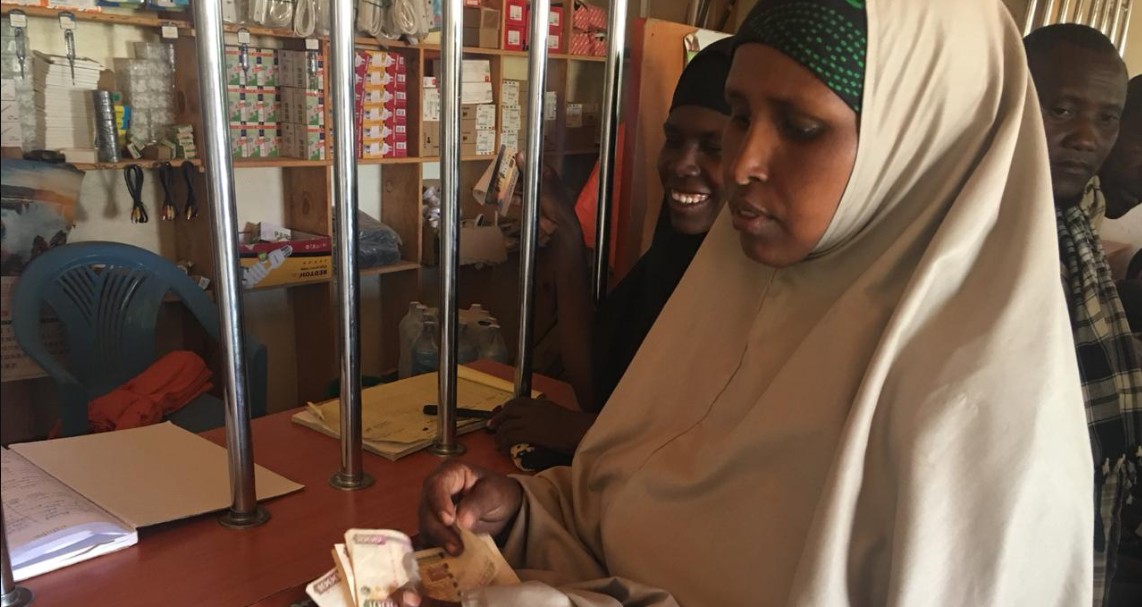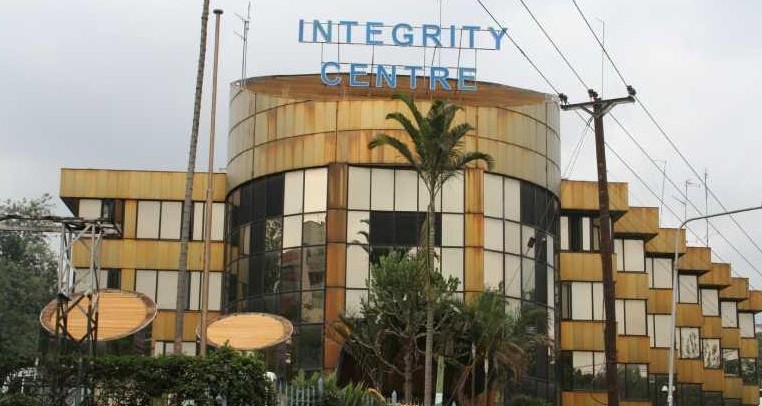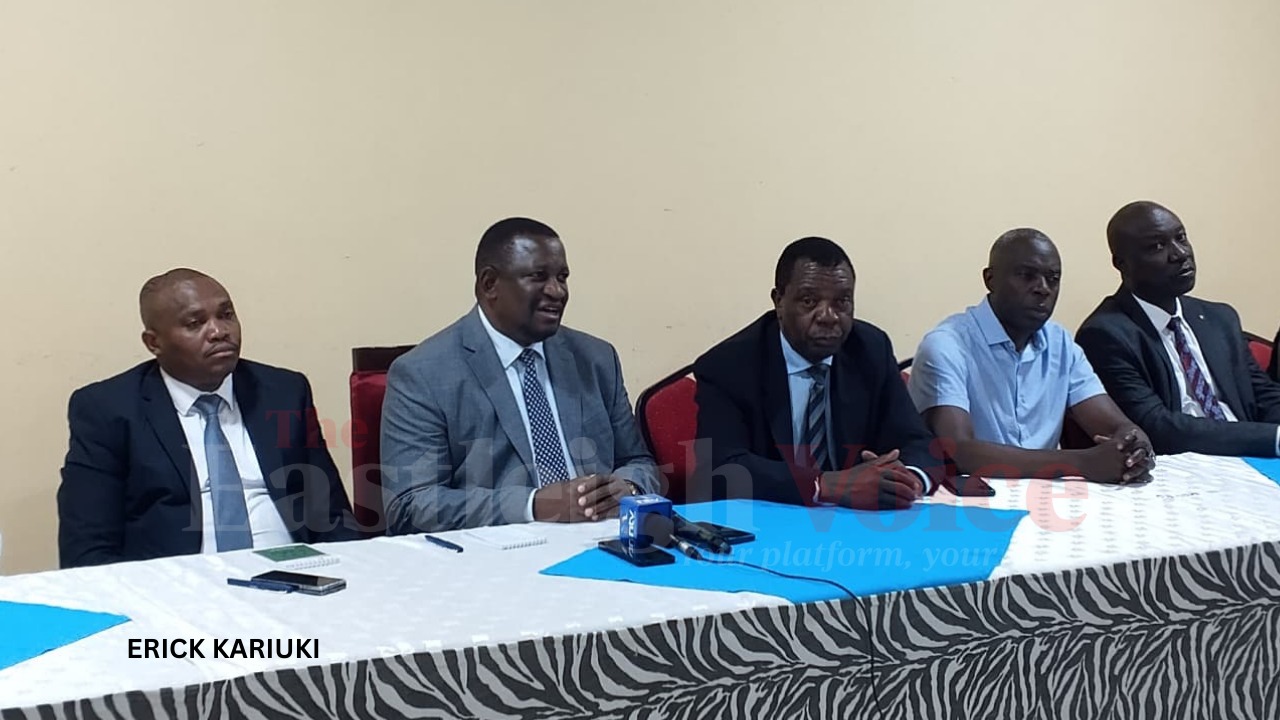State to link Inua Jamii cash transfer system with civil registry to eliminate ghost beneficiaries

This move comes after it was revealed that funds have continued to be disbursed to individuals who died long ago, highlighting serious gaps in the system and prompting calls for urgent reforms.
The government has begun linking the Inua Jamii cash transfer programme database with civil registration records to eliminate ghost beneficiaries and stop payments to dead people.
This move comes after it was revealed that funds have continued to be disbursed to individuals who died long ago, highlighting serious gaps in the system and prompting calls for urgent reforms.
More To Read
- State disburses Sh4.6 billion for delayed Inua Jamii stipends
- State to link Inua Jamii payments with civil records to curb fraud
- Treasury injects Sh12.5 billion into Inua Jamii to sustain cash transfers for vulnerable Kenyans
- Millions to benefit as social protection budget increased to Sh41.4 billion
- Sub-Saharan Africa tops global list with 827 million people lacking adequate social protection
- Government releases Sh3.52bn for Inua Jamii payout to 1.7 million vulnerable Kenyans
The State Department for Social Protection has confirmed that, in response to these concerns, plans are underway to integrate the Inua Jamii system with the Civil Registration Services (CRS) database to prevent further misuse of public funds.
“Going forward, the state department has planned to integrate the CCTP-MIS (Consolidated Cash Transfer Programme Management Information System) with the CRS database to automatically identify deceased beneficiaries,” the department said.
It noted that the integration will allow the Inua Jamii database “to flag out and exit the deceased OPCT (older persons cash transfer) beneficiaries.”
The Inua Jamii programme currently supports around 1.76 million vulnerable Kenyans—including poor households, orphans, and persons with disabilities—through monthly cash transfers. In the financial year ending June, the government allocated Sh47.8 billion to the initiative.
Verification
However, a past audit raised concerns over payments being made to deceased beneficiaries. This prompted the National Assembly to recommend a physical headcount every two months to verify the existence of recipients.
In a follow-up report, Auditor General Nancy-Gathungu noted that the State Department for Social Protection had admitted to loopholes in the system, which had indeed resulted in continued payments to dead persons.
The department, however, assured that corrective measures were underway.
“It is true that beneficiaries whose funds had been clawed back have not been exited, and the reason for this is that the payment module under the CCTP-MIS has been undergoing enhancement to provide automatic service of exiting households of beneficiaries who have been clawed back,” the department said.
The department explained that funds for the Inua Jamii programme are typically transferred to holding accounts at six contracted banks for direct disbursement. However, these funds sometimes mix with unutilised balances from previous cycles, including amounts from failed credit attempts and clawbacks.
It further clarified that funds from failed credit attempts are usually reloaded into beneficiaries’ accounts in the next payment cycle.
However, if the accounts have become inactive, the money is returned to the National Treasury.
The department also revealed that efforts to strengthen the payment system were prompted by cases where caregivers of persons with disabilities and vulnerable children reappeared to claim funds after changes in caregiver arrangements.
These incidents raised new concerns about the programme’s ability to effectively track beneficiaries and prevent misuse.
Top Stories Today
Reader Comments
Trending










































